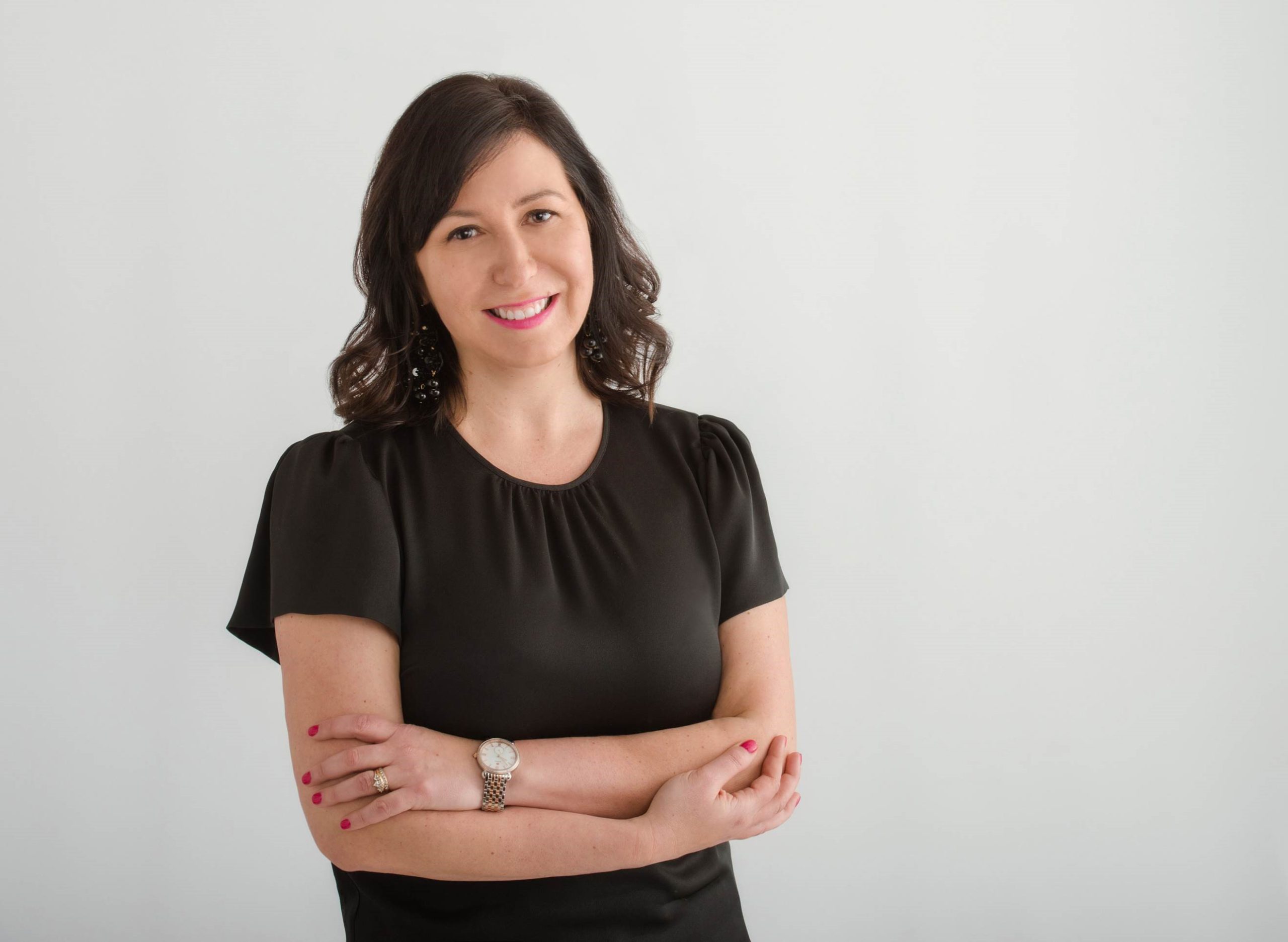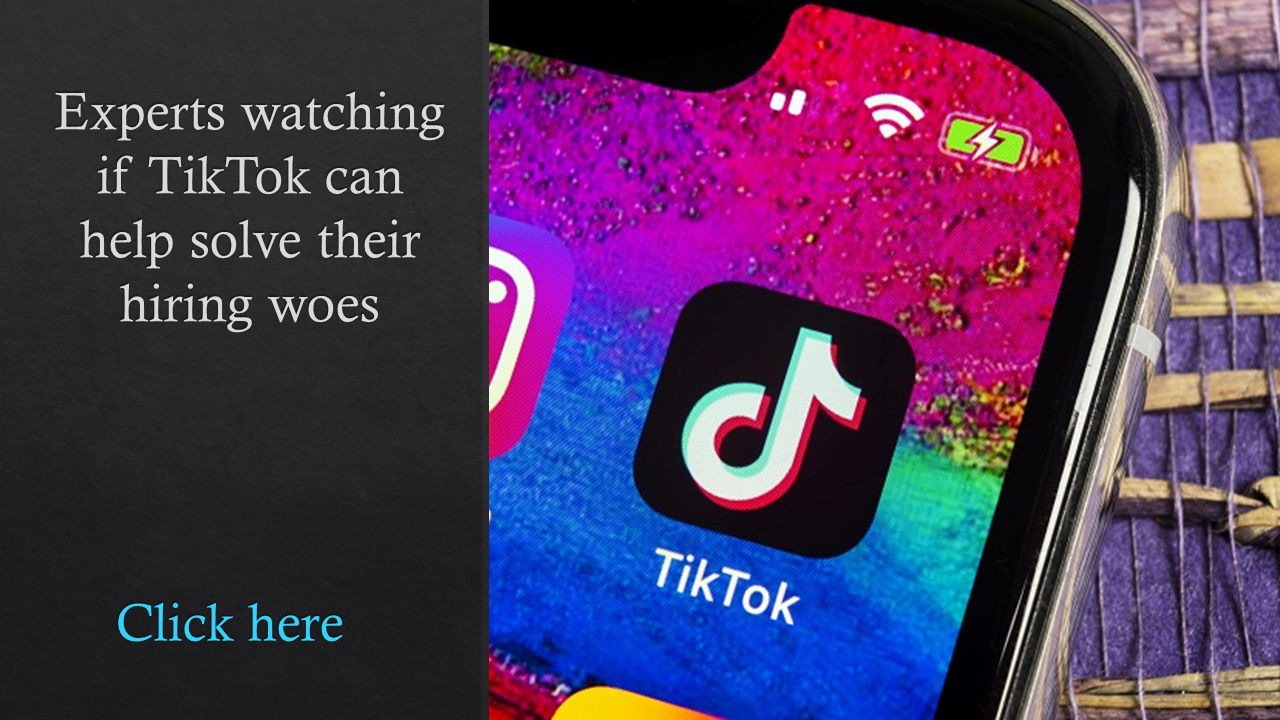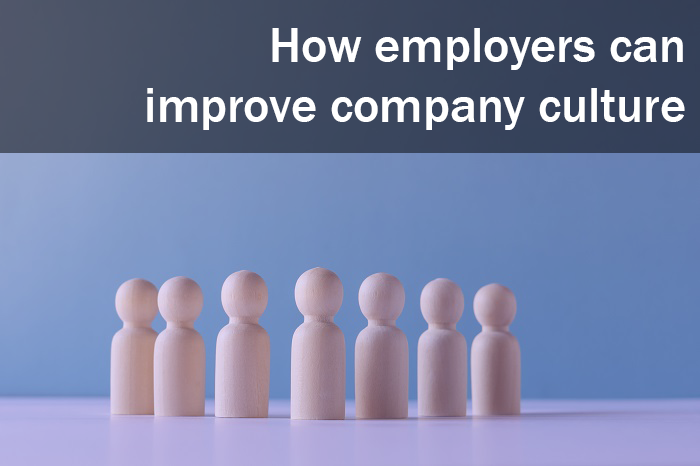We often see companies that focus on hiring for a culture fit rather than a culture add. Not only can this be detrimental to diversity efforts, but it can insulate biases that hold teams back from reaching their full potential.
The pandemic challenged this practice. Companies had to restructure operations and find new ways for teams to connect. Leaders had to think differently about employee experience and hiring.
How do we keep that momentum going and build stronger teams? Step one: We must get our hiring priorities nailed down. Enough with culture fit.
After all, why should we pursue what we already have? Expanding in a familiar direction isn’t growth. This way of seeking talent stands to perpetuate rather than challenges our biases. It’s the safe approach.
See also: Here’s how HR can lead a ‘culture renovation’
Reflecting on what we learned by working our way through the pandemic, it’s clear to me: We can hire better. We get to shape our culture and pursue the enhancements it needs by finding candidates who contribute what it’s missing. We must define and target areas of opportunities and seek candidates to fill those voids.

Let’s hire standouts, not fit-ins.
Consider your pandemic standouts
Think about how your team got through the pandemic. Consider what this teaches us about talent and capabilities. Make yourself a student of this because it’s the case study that keeps on giving.
Examine what the pandemic taught you about who you have and who you need. What qualities surfaced and helped your team succeed? Which employees came into their professional selves? Note who came up with new ideas that helped the team. Consider which employees maintained a positive outlook and showed resilience. Recognize how your employees evolved and changed to meet the moment.
A pandemic-informed interview process
How will your pandemic experience inform your interview process? Part of why we gravitated towards cultural add before, I’m convinced, had to do with the limitations of the interview process. It’s hard to take a chance when you have such a narrow opportunity to get to know a candidate.
Related: How to avoid a ‘culture retreat’ after workplace returns
Now, we can ask interview questions that use what we learned from our crash course in survival skills during the pandemic:
- What did the pandemic teach you about yourself as a professional?
- What new skills did you learn?
- What new goals did you identify?
I’m looking forward to discussing the growth that candidates experienced. Standout candidates are ready to tell us the stories that shaped them. Betting on skills that are not already in our toolkits can be a game-changer for finding talent and building a diverse culture.
 Owning and fixing the limitations of our interview process is our ongoing responsibility. “There are a number of ways to work towards reducing bias, and the first step, and likely the hardest one, is to accept that many of the current hiring processes are biased,” shares Ruchika Tulshyan, author of Diversity Advantage and CEO of Candour, an inclusion strategy firm. Data shows white men disproportionately get jobs through referrals and higher payout of them, while affinity bias exists where we are more likely to favor candidates with whom we share identities. “We often struggle to accept this premise,” Tulshyan says, “which then makes it harder to find ways to reduce bias in the hiring process.”
Owning and fixing the limitations of our interview process is our ongoing responsibility. “There are a number of ways to work towards reducing bias, and the first step, and likely the hardest one, is to accept that many of the current hiring processes are biased,” shares Ruchika Tulshyan, author of Diversity Advantage and CEO of Candour, an inclusion strategy firm. Data shows white men disproportionately get jobs through referrals and higher payout of them, while affinity bias exists where we are more likely to favor candidates with whom we share identities. “We often struggle to accept this premise,” Tulshyan says, “which then makes it harder to find ways to reduce bias in the hiring process.”
Be brutally honest about dislodging bias
Unconscious bias in language affects the candidate pipeline. Candidates respond to inclusive language. If we want to hire standouts, this is our first call to action.
My team invested in a tool, Textio, to optimize our job descriptions. As I reflect on what we learned from the pandemic, I believe it will change how we articulate the skills and awareness that we’re targeting for new hires.
Diversity of thought and experiences yields richer teams positioned to produce more comprehensive outcomes. Another way to invite a broad range of candidates is by ensuring diversity on the search team.
Tulshyan points out: “Having a diverse panel of interviewers, including as many intersectional identities as possible, can really impact hiring. Intel found almost a 25% rise in the number of women of color hired when it began requiring diversity in interview panels.”
Make sure candidates know that yours is a culture where employees can be their best selves. When candidates ask existing employees about the culture or work/life balance, they should be able to highlight how the organization includes and supports all types of employees, Tulshyan says: “Company cultures,” she adds, “that prioritize work over employee wellbeing or inclusion are often less diverse or inclusive.”
Create a culture of belonging
 When you hire for culture add versus culture fit, you assert that what binds your team is their quality and values. Team members don’t match each other; they complement each other.
When you hire for culture add versus culture fit, you assert that what binds your team is their quality and values. Team members don’t match each other; they complement each other.
Striving to understand each other is how we genuinely create empathy. Tulshyan explains: “In times of crisis, the most marginalized are often the most negatively impacted. This means that we need to build more empathy and understanding in the hiring process.” Although many people are struggling with Zoom fatigue, mental health challenges and work/life balance, she says, that doesn’t mean they’re less professional or less likely to be a good employee. “Leaders need to ask themselves, ‘Where could bias be showing up right now in a decision I’m making?’ and work to answer that.”
Let’s change how we hire and pursue the standouts who met the challenges the pandemic dished out. They have the skills the future demands.





